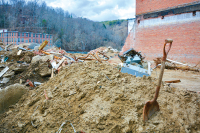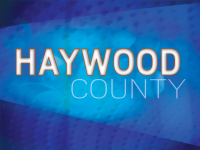Restorative justice helps all involved
To the Editor:
Seeing people take to the streets to demand reform of the police system is gratifying. Yes, we should ban chokeholds. Yes, we should get rid of bail. But we believe those calls are for “band aids,” not reforms.
We need to implement restorative justice (RJ). Only violent offenders need to be imprisoned for the public safety. Many others could be rehabilitated and live meaningful lives. The RJ model brings the offender and victim(s) into a circle that includes a trained facilitator, family members of both parties, and the willingness to communicate. There, victims tell their stories of the harm that has been done. Unlike what happens in most court trials, the offender is required to listen. Then the victim helps to design a kind of community service or restitution that would make repairs in some way. The offender must admit responsibility and agree to the remedy prescribed.
The goal is for the offender to learn from mistakes and to reform. The community benefits, and the victim may be able to feel that, in spite of real pain, there has been a positive outcome. This model of Native American conflict resolution has been imported to New Zealand where it has been used with great success.
Mountain Mediation Services has RJ facilitators. With this approach, young offenders may be detoured from lives of crime. Adult nonviolent offenders may be readmitted to the community. Both victims and offenders may be left with hope. As Bryan Stevenson, founder of the Equal Justice Initiative writes, “We are all better than the worst thing we have ever done.”
To learn about RJ, read Zehr, Amstuz, MacRae, & Pranis. (2015) The Big Book of Restorative Justice. Simon and Schuster.
Katherine Bartel
Dr. Russell Binkley
(Bartel and Binkley are both retired college professors who live in WNC.)





